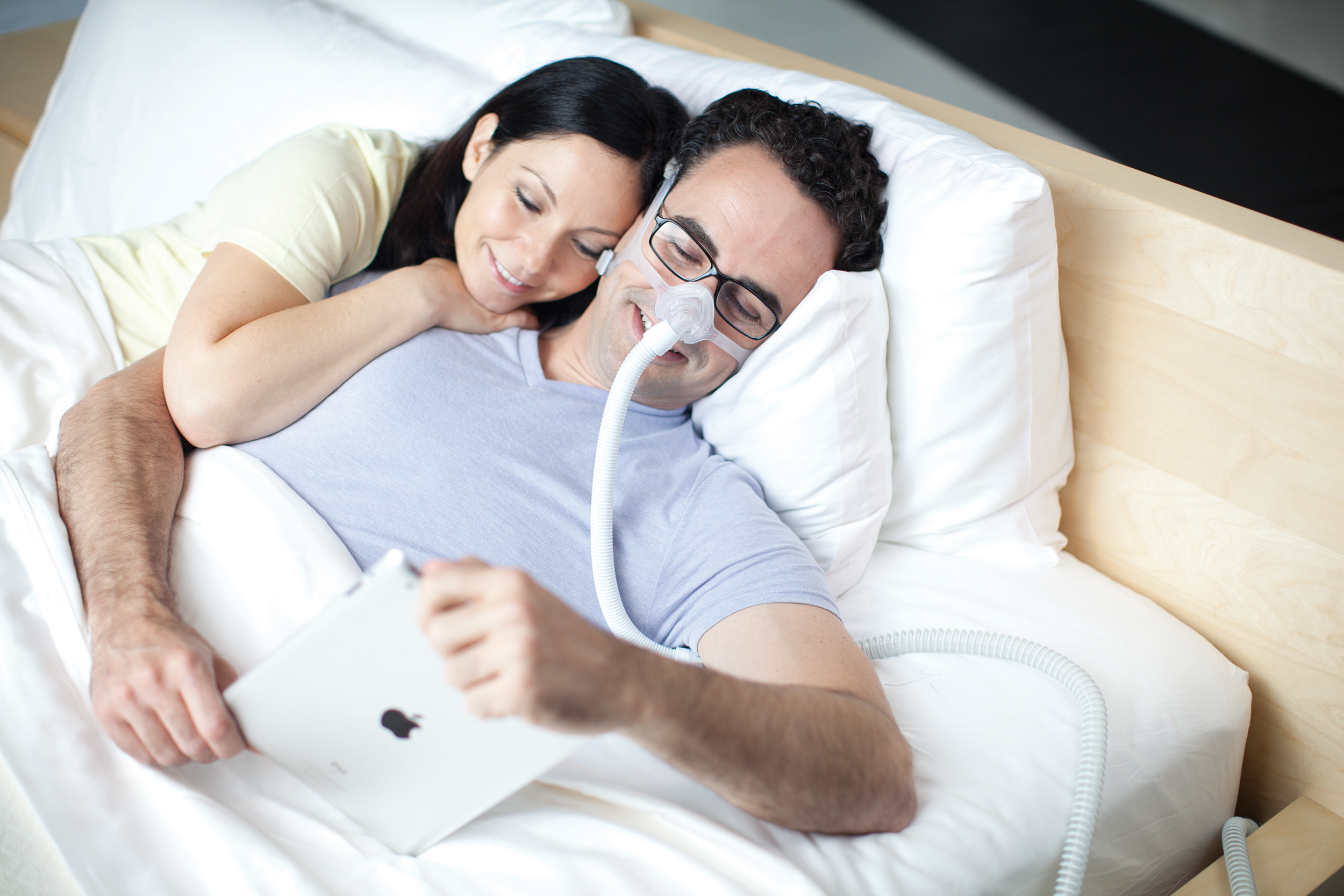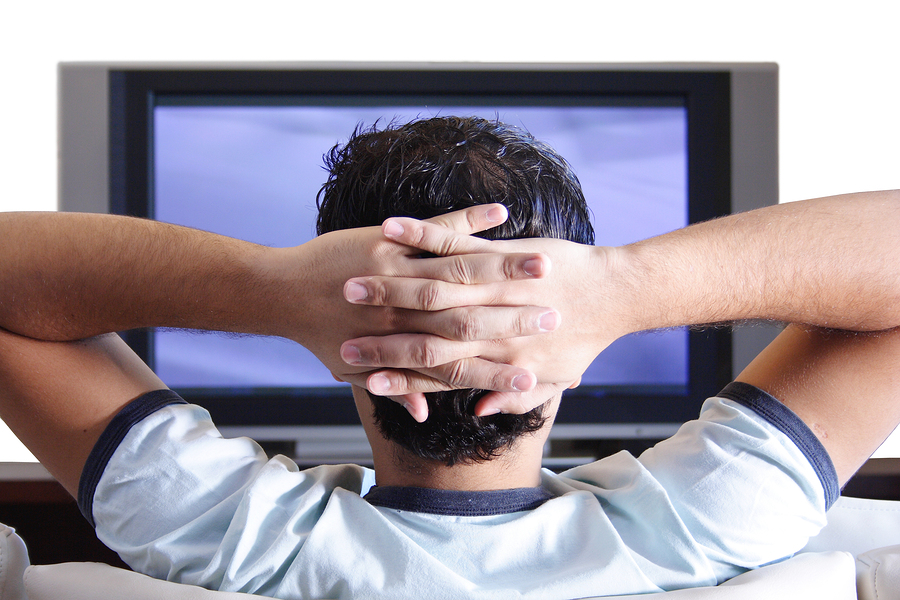
Exposure therapy was developed right around the end of World War II, which was a perfect time, because millions of soldiers were coming back from Asia and Europe tortured by the war. Exposure therapy – in its essence – carries some of Pavlov’s principles: that overtime basic conditioning or exposure to a certain stimuli can effect behavior. Since the 1950s, exposure therapy has been used to cure people of a panoply of fears and anxiety based conditions – from claustrophobia, obsessive compulsive disorder, fear of riding in airplanes, and much more. Scared of airplanes? – A psychologist may prescribe jumping out of one with a parachute. Now, researchers say that CPAP exposure therapy could improve adherence to CPAP treatment.
After one month of exposure therapy, patients showed remarkable results. Ten out of the twenty-two patients were able to successfully undergo CPAP therapy.
A small pilot study, which was conducted at Saint Louis University, aimed to find out whether some type of behavioral exposure therapy would improve adherence to CPAP therapy. According to researchers, CPAP mask intolerance is one of the biggest things deterring people from getting adequate treatment for their obstructive sleep apnea. The main reason for CPAP mask intolerance is usually attributed to the mask not being worn right or because people feel claustrophobic while wearing one. Indeed, it can be strange to go from spending your entire life sleeping without a plastic medical mask strapped to your to your face to sleeping with one.
Some of the common descriptions from people with CPAP mask intolerance include feeling stuck, trapped, buried, and some have even reported feeling like they are suffocating. However, researchers say that many of these feelings are normal and in order to get the full benefits of CPAP treatment, various CPAP exposure therapy exercises must be performed in order to effectively “desensitize” yourself. Researchers studied 22 patients who had varying problems with CPAP mask intolerance. After the study, patients were able to “significantly increase” the number of minutes per night undergoing CPAP treatment.

How did they do it? Researchers implemented a number of techniques that effectively built up patients’ exposure to CPAP treatment. You can think of it like slowly making your way up a large mountain in order to not get altitude sickness. First, patients wore a CPAP mask that was attached to a fully operating CPAP machine for one hour a day. Patients were recommended to wear the CPAP mask while watching TV, reading, and doing other sedentary activities. After that, patients were urged to wear the CPAP mask while taking a one hour nap. Then researchers asked patients to wear the CPAP mask for the first three to four hours of sleep. Finally, they were asked to sleep with the mask on the whole night through.
The results? After one month of exposure therapy, patients showed remarkable results. Ten out of the twenty-two patients were able to successfully undergo CPAP therapy, and seven were fully compliant – meaning that they had absolutely no issues and underwent several more hours of CPAP treatment per night. The researchers went ahead and continued the exposure therapy for ninety days, but realized that just thirty days did the trick. What does this study say about patients who are having a hard time adhering to CPAP treatment? Well, it means that you should turn on that TV, flip open a magazine and try working your way up to full night’s worth of CPAP treatment. Baby steps and a little exposure therapy could be the key to alleviating all your symptoms of obstructive sleep apnea.










